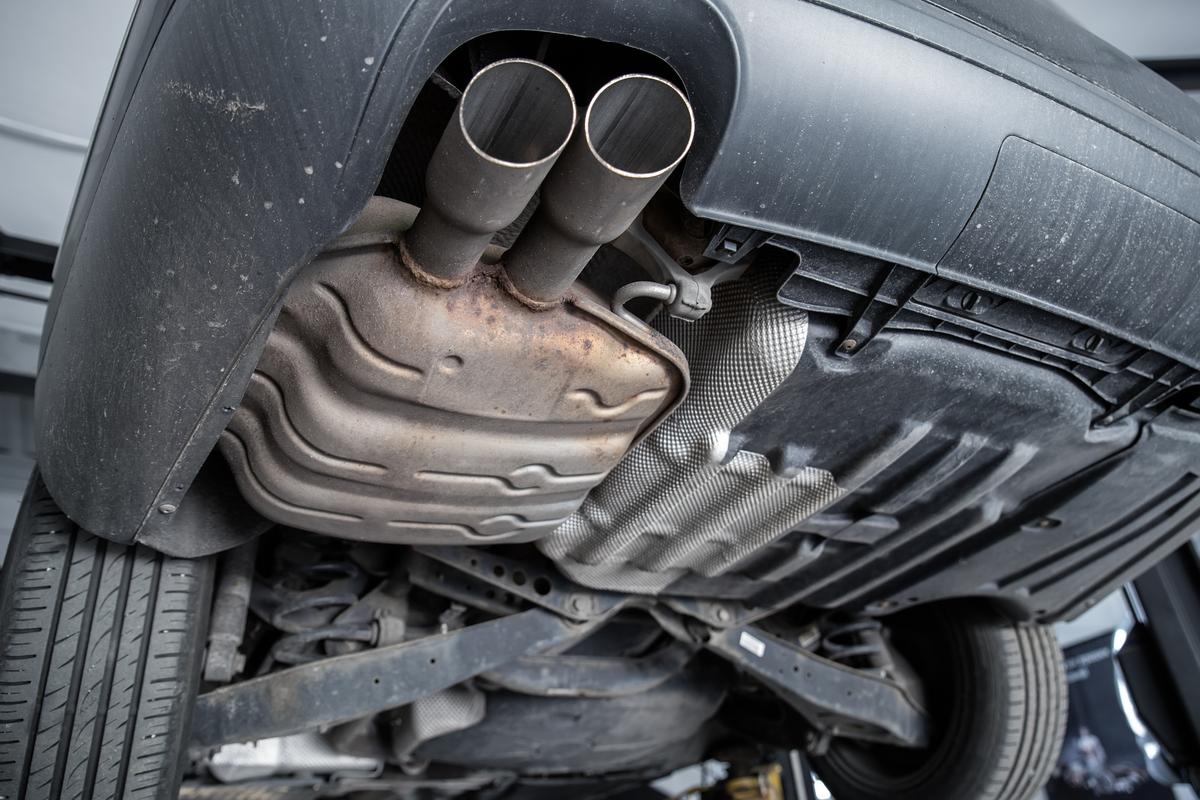By David Ng’ang’a
Catalytic converters have revolutionized the automotive industry by significantly reducing harmful emissions and improving air quality. These emissions control devices, commonly found in vehicles with internal combustion engines, serve as a crucial component in the fight against pollution. impact on vehicle performance.
A catalytic converter is an emissions control device used to reduce harmful pollutants in the exhaust gases of a combustion engine. It converts gases such as carbon monoxide, nitrogen oxides, and hydrocarbons into less harmful gases like carbon dioxide, nitrogen, and water vapor. This conversion takes place within a honeycomb-like structure coated with precious metals like platinum, palladium, or rhodium.
By facilitating chemical reactions between the harmful gases and oxygen in the exhaust, catalytic converters effectively reduce emissions before they are released into the atmosphere.
Introduced in the United States during the mid-1970s, catalytic converters initially had limited use due to high costs and technological constraints. However, as air quality standards became more stringent and the need for cleaner air grew, their adoption spread rapidly. Today, catalytic converters are mandated by law in many countries.
While catalytic converters are designed to last the lifetime of a vehicle, they can experience damage, clogging, or wear that necessitates replacement. Common signs of a failing catalytic converter include reduced engine performance, decreased fuel efficiency, and an illuminated check engine light. These symptoms should prompt vehicle owners to consult a qualified mechanic for a diagnostic test to determine the state of the converter.
Failure to address a failing catalytic converter promptly can lead to more severe problems, such as engine damage or failure. To maintain catalytic converters and extend their lifespan, several preventive measures can be taken.
Regular vehicle usage helps prevent the buildup of soot and deposits that can clog the catalytic converter. Using the correct fuel type recommended by the manufacturer is essential to avoid converter damage. Addressing engine problems such as misfires or faulty oxygen sensors in a timely manner can prevent converter failure. Periodically inspecting the catalytic converter for physical damage caused by road debris or other objects is also recommended. Additionally, performing routine maintenance tasks such as oil changes and tune-ups contributes to the smooth operation of the vehicle and reduces the risk of catalytic converter damage.
Catalytic converters can affect vehicle performance by restricting the flow of exhaust gases. This restriction can lead to reduced engine power, decreased acceleration, and decreased fuel efficiency. However, modern catalytic converters are designed to minimize these impacts while effectively reducing emissions.
The number of catalytic converters in a vehicle depends on factors such as the vehicle’s make and model, engine type, and regional emissions standards. Some vehicles with two exhaust pipes may have a single catalytic converter, while others may have two or more. The emissions output and performance of a vehicle can be influenced by the number and location of catalytic converters.
It is worth noting that catalytic converters can be expensive due to the presence of precious metals like platinum, palladium, and rhodium. When replacing a catalytic converter, it is crucial to select one that is compatible with your vehicle. Regular maintenance and timely replacement when needed ensure that catalytic converters continue to fulfil their vital role in preserving the environment and optimizing vehicle performance.
Ng’ang’a is a motoring technology enthusiast based in Nairobi. He is passionate about exploring the latest advancements in the automotive industry and their impact on society.
